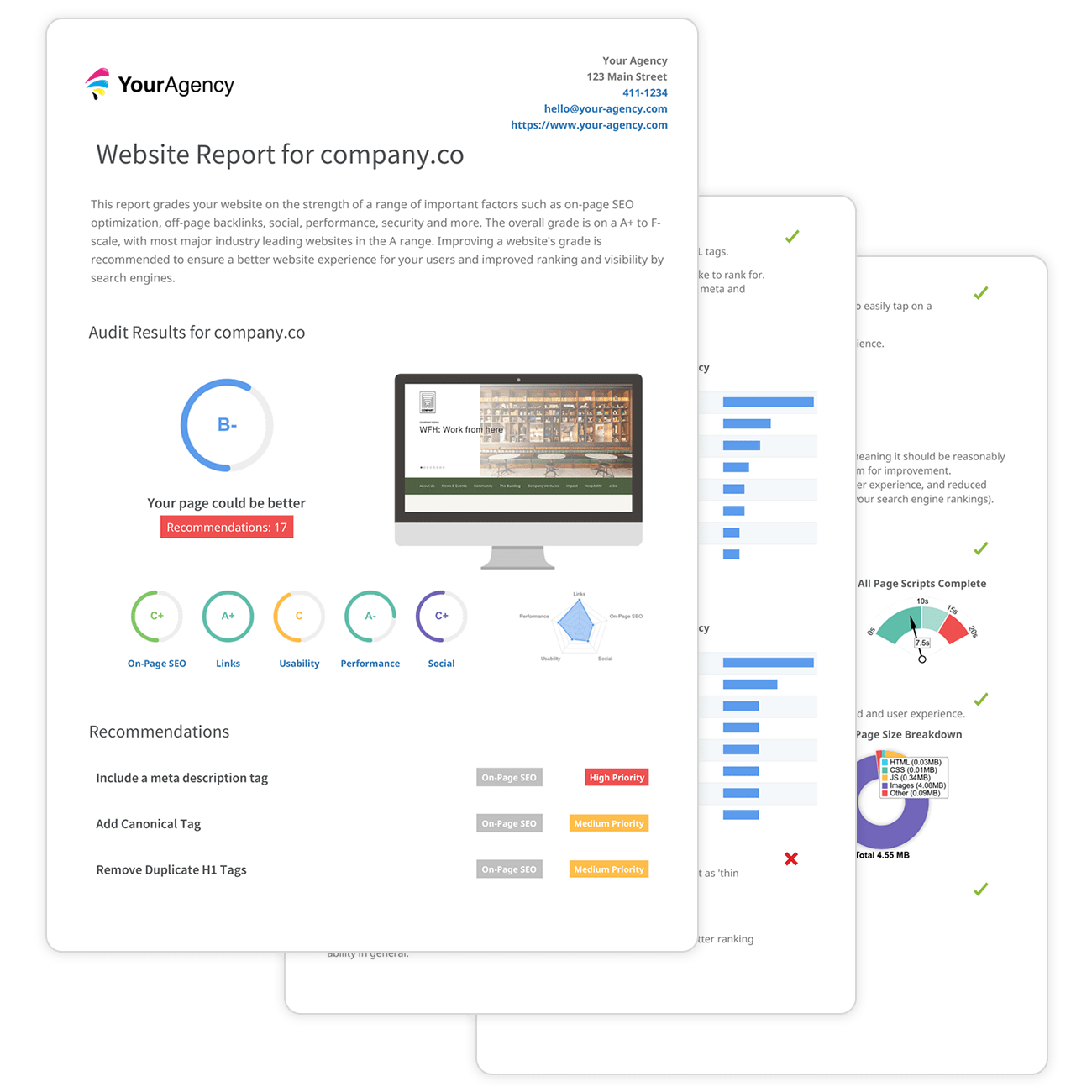Demystifying What Is Not Considered a Default Medium in Google Analytics
Demystifying What Is Not Considered a Default Medium in Google Analytics
Blog Article
Believing Outside the Box: Leveraging Unconventional Mediums to Optimize Google Analytics Performance
In the realm of digital marketing, the mission for improved Google Analytics performance has become a tactical necessary for businesses seeking to improve their online presence. By exploring unique mediums as avenues of information collection, a brand-new realm of opportunities emerges.
Distinct Information Sources

Social media platforms provide valuable data on customer demographics, rate of interests, and interaction metrics, permitting businesses to gauge the effectiveness of their social media projects and maximize content for much better efficiency. By leveraging these distinct data resources, companies can improve their techniques, enhance targeting initiatives, and enhance general Google Analytics efficiency.
Social Media Insights

Furthermore, social media analytics devices allow organizations to track crucial performance indicators, screen campaign performance, and determine the impact of their on-line activities. Understanding the demographics of fans, identifying prominent material themes, and examining engagement degrees can assist services tailor their advertising strategies for much better results.
Offline Advertising And Marketing Integration
Incorporating offline marketing techniques with digital analytics can improve total campaign efficiency and offer a more detailed understanding of customer behavior. what is not considered a default medium in google analytics. By bridging the gap between online and offline efforts, organizations can track the influence of typical marketing networks such as print advertisements, television commercials, straight mail, and events on their on the internet visibility

Moreover, executing telephone call tracking systems for offline advertising tasks allows services to record useful data on client questions produced via printed materials or ads (what is not considered a default medium in google analytics). By assessing call data along with on the internet metrics in Google Analytics, services can get deeper insights right into the client trip and maximize marketing strategies for improved efficiency throughout all channels
IoT and Wearable Innovation
Using IoT and wearable modern technology in electronic analytics can change information collection and customer insights for services looking for a deeper understanding of individual behavior patterns. Wearable technology, such as smartwatches or fitness trackers, can provide insights into user activities, wellness metrics, and also area information.
Gamification Techniques
The execution of gamification approaches in electronic analytics provides an ingenious strategy to boosting user their website interaction and driving workable insights for services. By including game-like aspects such as points, badges, leaderboards, and rewards right into the analytics interface, companies can motivate individuals to connect much more often and meaningfully with the information.
Gamification motivates individuals to check out various functions of the analytics system, discovering valuable insights that might have otherwise gone undetected. With interactive challenges and progression monitoring, individuals are incentivized to a fantastic read delve deeper into the data, resulting in increased time invested in the platform and a higher probability of uncovering vital More Bonuses fads or patterns.
Moreover, gamification can promote a feeling of competitors amongst users, stimulating them to pursue higher performance and involvement levels. This competitive spirit can drive increased individual fostering prices and a more thorough utilization of the analytics tools available. Eventually, by leveraging gamification approaches in digital analytics, businesses can create an extra efficient and appealing environment for customers, causing more enlightened decision-making and improved total performance.
Final Thought
In conclusion, leveraging unconventional mediums such as unique information resources, social media insights, offline advertising integration, IoT and wearable innovation, and gamification approaches can enhance Google Analytics performance. By thinking outside package and discovering these different sources of information, services can get important understandings and enhance their total advertising methods. It is essential for companies to continually check out new means to collect information and evaluate it in order to stay in advance in the ever-evolving digital landscape.
By incorporating information from sources such as client connection monitoring (CRM) systems, social media platforms, and email advertising campaigns, companies can obtain a much more thorough understanding of their audience actions and interaction patterns. Social media systems provide valuable data on user demographics, interests, and engagement metrics, enabling services to evaluate the effectiveness of their social media projects and maximize material for much better efficiency. By leveraging these one-of-a-kind data sources, businesses can refine their techniques, improve targeting efforts, and enhance overall Google Analytics performance.
Exploring social media understandings can offer companies with valuable data on individual demographics, passions, and interaction metrics, allowing for notified decision-making and strategic optimization of advertising and marketing initiatives. By believing outside the box and discovering these alternative resources of information, services can obtain important understandings and enhance their overall marketing strategies.
Report this page